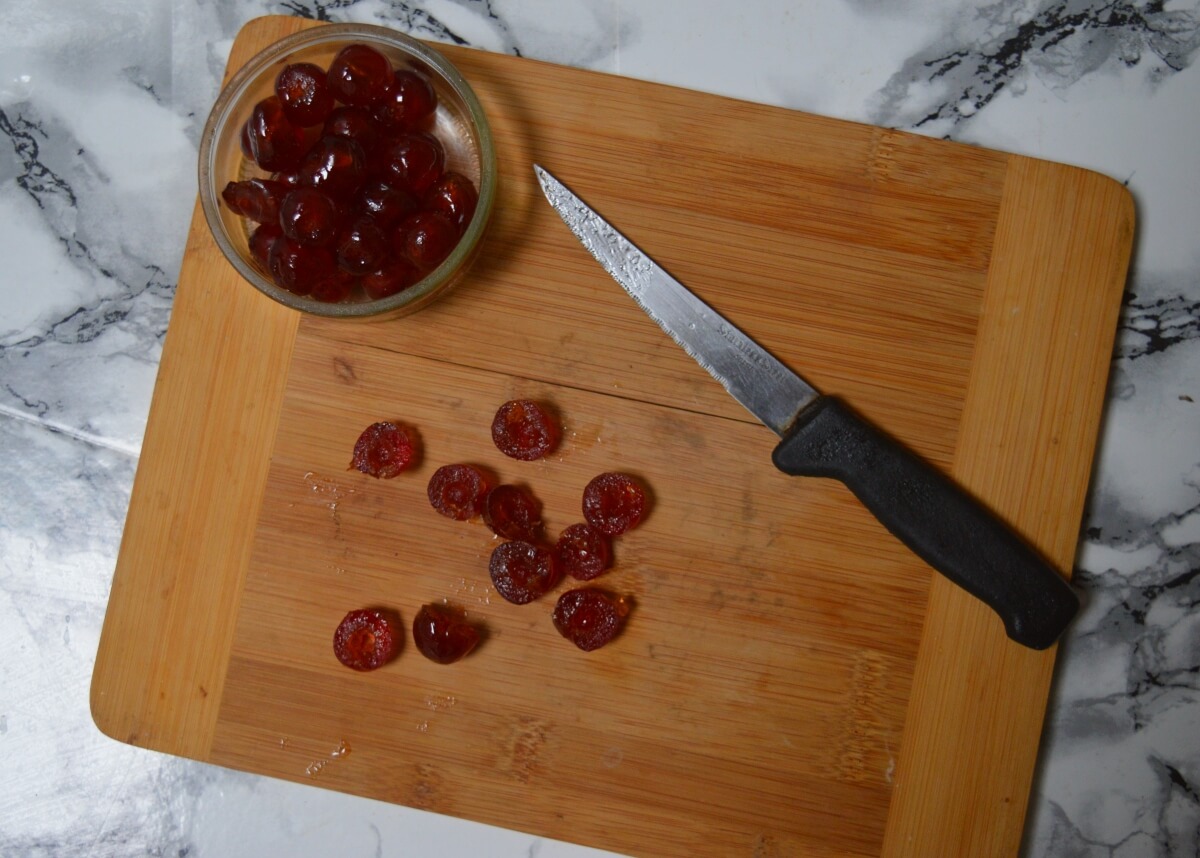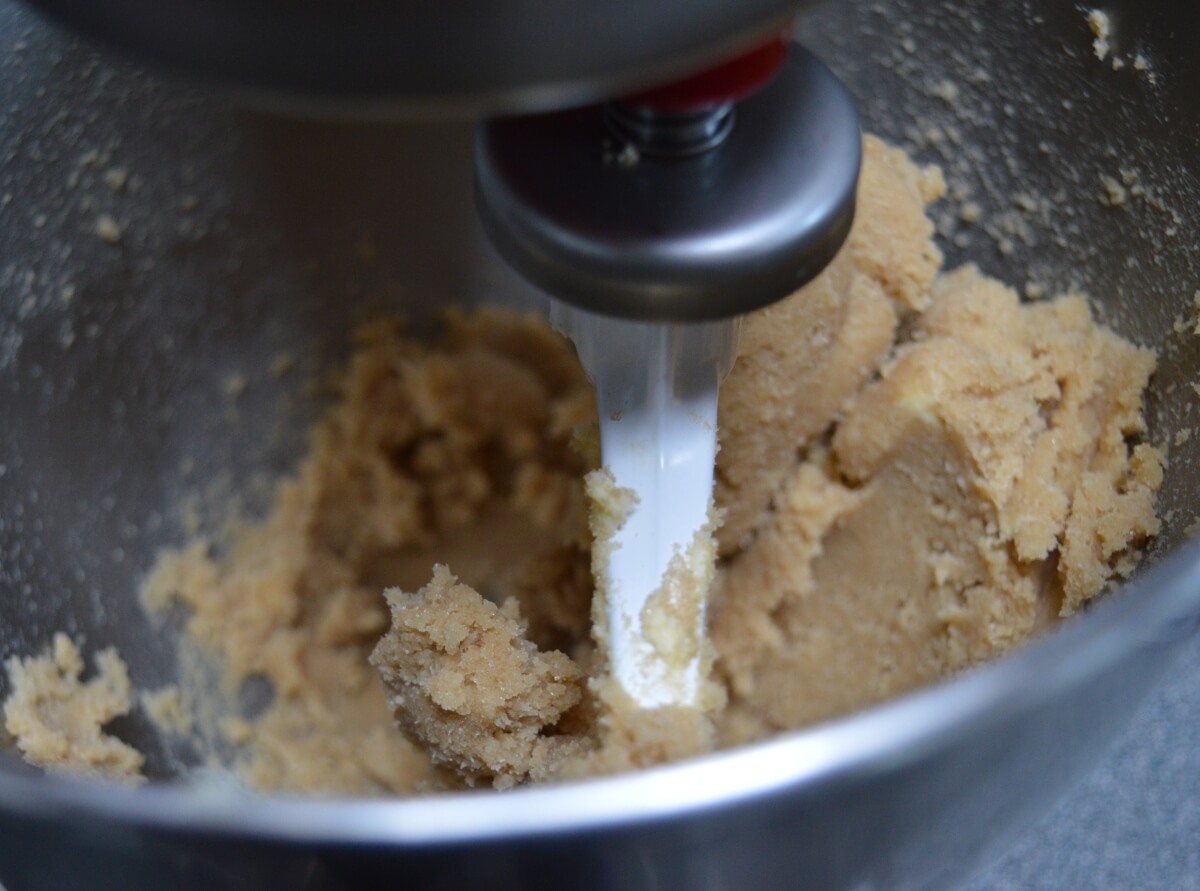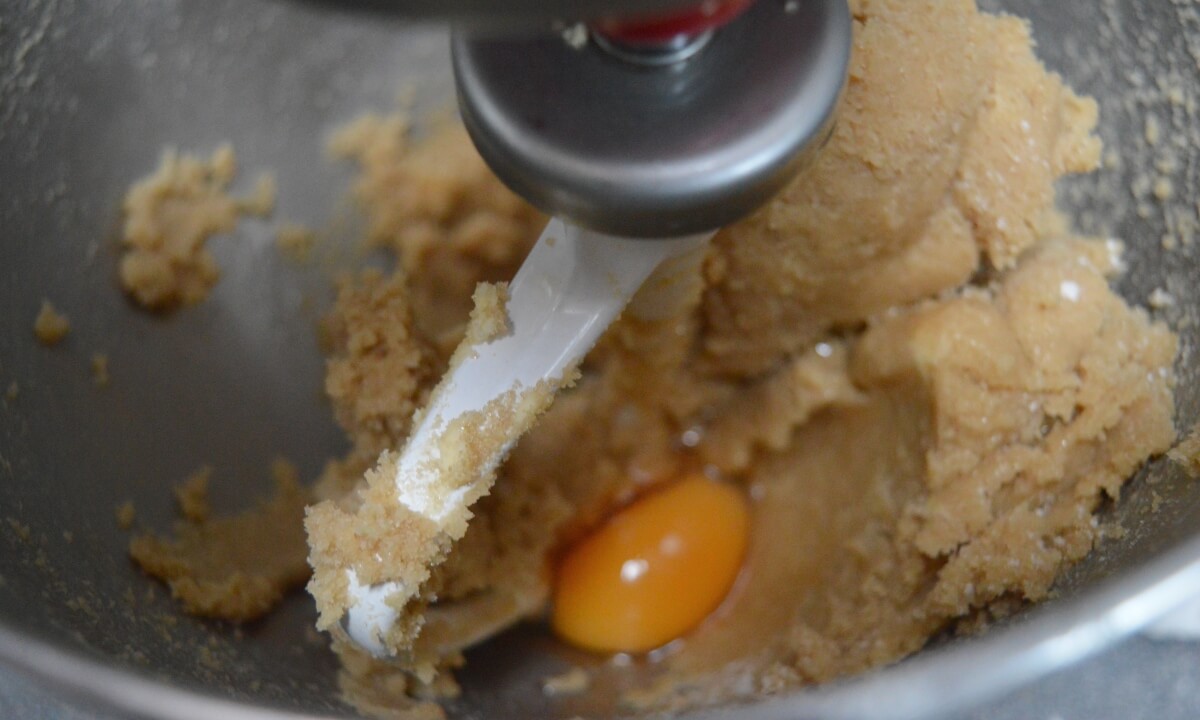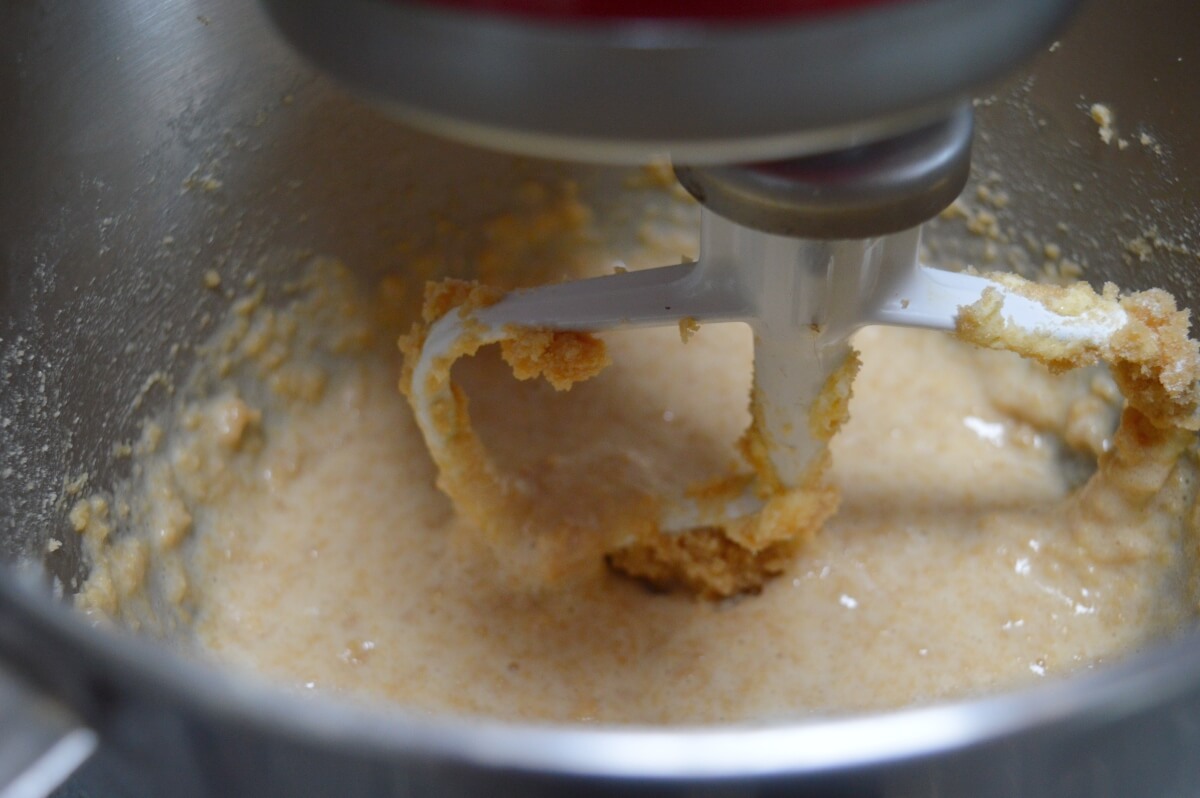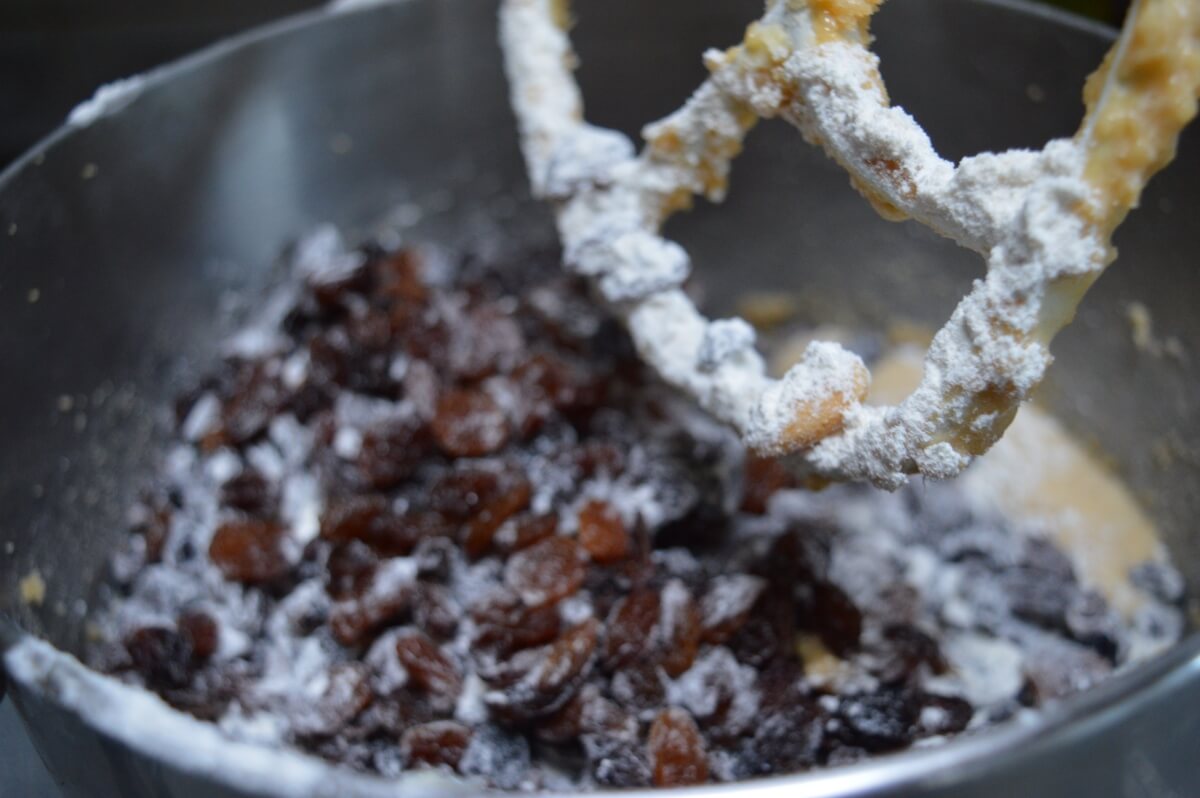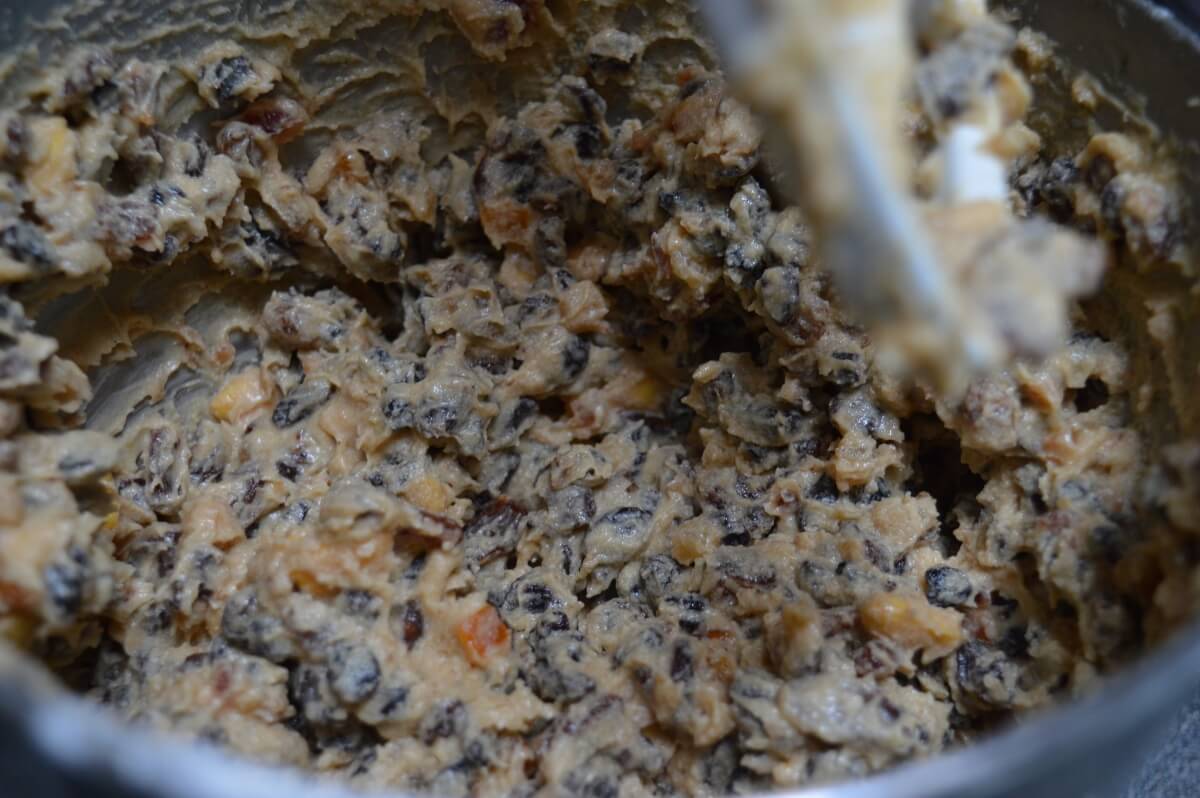Stir-It-Up Sunday Christmas Cake. A Traditional Recipe with Rituals, Wishes and Winter Magic
A traditional Christmas cake baked on Stir-It-Up Sunday, with soaked fruit, rituals, wishes, feeding instructions, and North East touches. This cake carries my family’s story across generations and deepens in flavour as it matures.
What Is Stir-It-Up Sunday?
Stir-It-Up Sunday is the last Sunday before Advent.
Traditionally, it is:
- The day families mix their Christmas cake or pudding
- A time for everyone to stir clockwise and make a wish
- A symbolic start to winter preparations
- Rooted in the old prayer: “Stir up, we beseech thee, O Lord…”
The prayer stirred the heart.
The bowl stirred the fruit.
And the tradition settled into kitchens across Britain.
You can read more about Stir-it-up Sunday on the Historic UK website
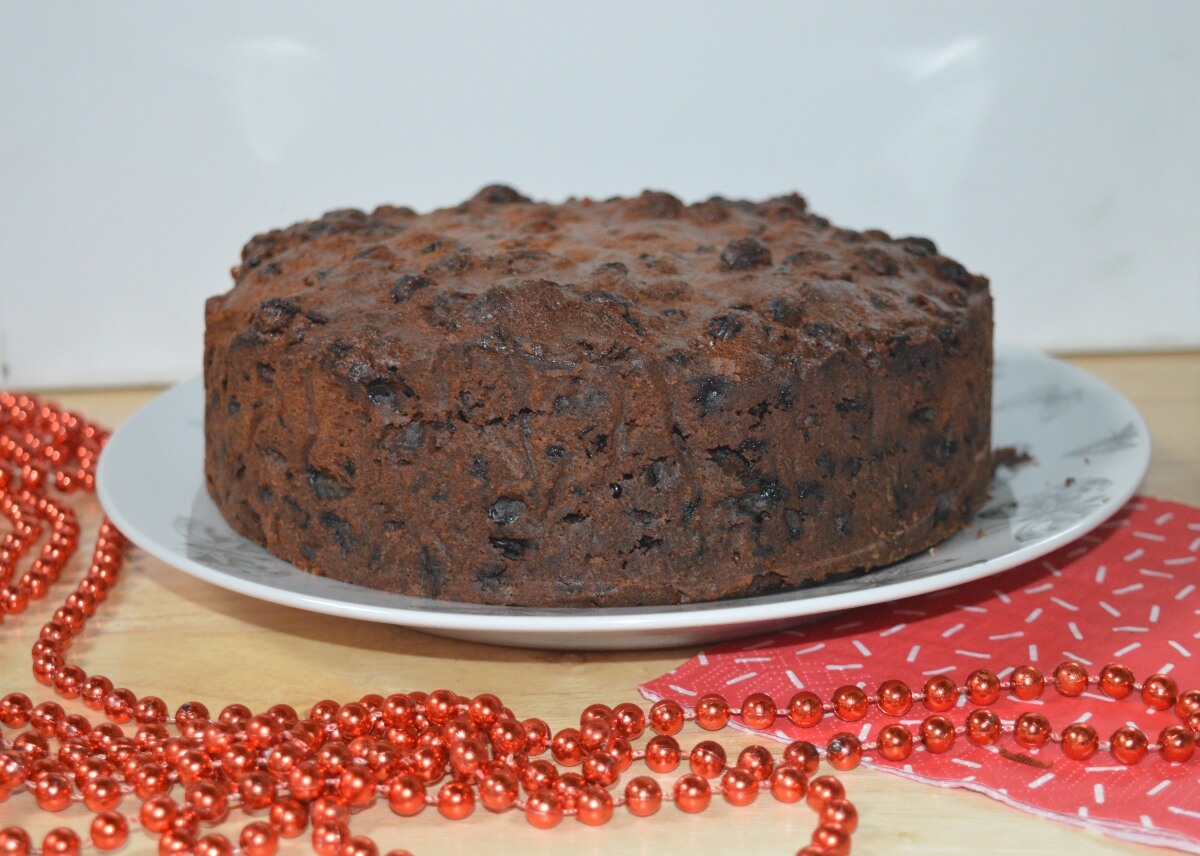
If you enjoy old regional traditions, you might also like my Carlin Peas Recipe – the forgotten Bonfire Night tradition of the North East
A Story That Begins Long Before the Oven Is Warm
There is a moment every November when the light slips away earlier than it should, and the North East cold sneaks in under the back door. The kettle whistles louder. The house feels slightly emptier, as though waiting for something to begin.
In that moment, I know it is time to bring out the traditional Christmas cake recipe. Not because a calendar tells me to, but because the season whispers its own quiet instruction.
The recipe is older than me, older than my mum and probably older than my gran.
It sits on a yellowed photocopy in my kitchen drawer. My gran kept it in a battered cookbook that lived on a shelf so high I used to think only grown-ups were allowed to touch it. When Mum gave me a copy as I left Belfast for Newcastle, she said:
“This is the cake that carries our story.”
I didn’t understand that sentence at eighteen.
I do now.
Three generations.
One bowl.
One wooden spoon.
One ritual that refuses to loosen its grip on us.
And thank goodness for that.
If you love recipes with deep roots, my Stottie Cake Recipe is another North East classic that tells a story of its own.
The Prayer That Whispered This Tradition Into Being
Here is the line from the old Book of Common Prayer that began it all:
“Stir up, we beseech thee, O Lord, the wills of thy faithful people…”
For centuries, families heard this in church, went home and thought:
Time to stir the fruit.
Time to stir the season awake.
Time to begin again.
The Ritual. One Bowl. Clockwise. A Wish Folded Into Each Stir.
When I was young, the big mixing bowl sat in the centre of the table like a small planet.
Everyone had to stir. No exceptions.
Clockwise only, to keep luck moving forward.
Each person made a wish that stayed locked in the mixture until Christmas.
The bowl felt heavy, the fruit thick and glossy, the scent of citrus rising like a promise. Mum watched with quiet authority. Dad held the bowl steady. We stirred our way into winter one rotation at a time.
When I moved to Newcastle as a student, the ritual followed me. Now, my husband and son join in. The rhythm is unchanged.
Clockwise.
Wish.
Pass the spoon.
Carry the story forward.

For more hearty, nostalgic comfort food, you might enjoy my Minced Beef Hash (Tattie Ash), another recipe that’s fed North East families for generations.
The Decorations That Return Every Year
My parents kept the same tiny plastic decorations for decades:
A little cottage with a red roof.
A reindeer mid-leap.
A Santa who leans to the left.
A fir tree that refuses to stand straight.
When the iced cake is ready, I place them on top, and it feels like setting out old friends. They make the cake look complete. They make the years feel connected.
They make the cake ours.
Our Family’s Quiet Magic
Traditions grow little branches of meaning as you carry them through life. Ours collected a few charms along the way — not for show, but because they make the ritual feel alive.
A blessing beneath the tin
Before the cake goes into the oven, I slide a tiny blessing on a strip of paper underneath the tin:
“May this cake bring warmth, story and peace into every room it enters.”
It sits quietly under the heat, doing its small, steady work.
A cake that reacts to your mood
Gran used to say the cake would crack across the top if you baked while troubled or rushed.
So now, just before the final stir, we pause.
A breath in.
A breath out.
Calm heart.
Calm cake.
Two small guardians
Bailey supervises the fruit bowl as though auditioning for a culinary panel.
Bruno sits guard by the oven, tail thumping softly, like a hearth spirit on duty.
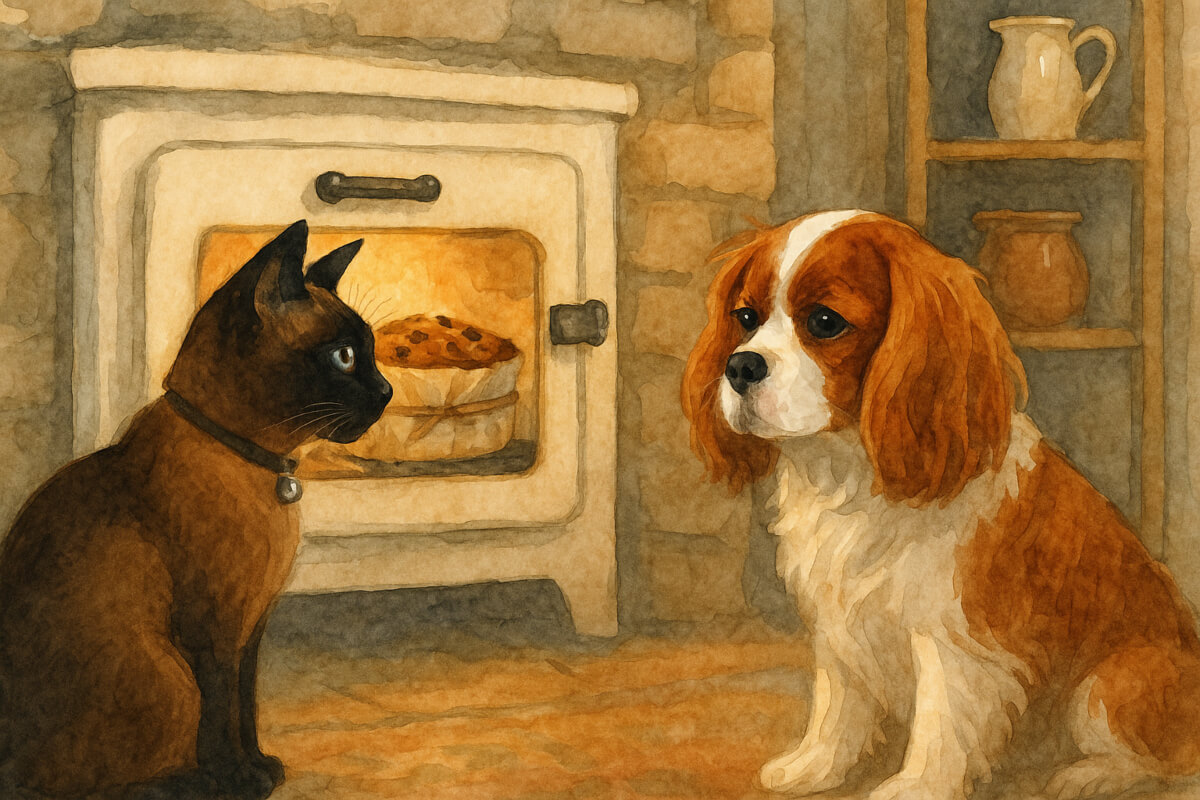
A dragon for winter
Gran had a saying:
“A well tended cake keeps the winter dragons away.”
They are not the fire-breathing kind, but the quiet ones that settle in the corners of long nights and whisper cold thoughts.
Stir with intention.
Feed with patience.
A good cake glows warm enough to keep any dragon at bay.
And in that warmth is the story of our family.
How to Soak the Fruit (The Secret to Juiciness)
Soaking the fruit is the difference between an ordinary cake and a glorious one. In addition, it helps the cake keep better over the winter.
- Mix currants, sultanas, raisins, peel and cherries.
- Add 4–6 tbsp brandy, rum, whisky or strong tea.
- Stir and cover overnight.
- Drain any excess liquid.
- Add zest of an orange if you want brightness.
The fruit should look like tiny jewels when it is ready, glossy, plump, full of promise.
North East Touches to Make It Yours
To root it in North East flavour, try adding:
- A spoonful of black treacle
- A splash of Alnwick Rum
- Morpeth honey
- Grated apple (a traditional local touch)
How to Prepare the Tin the Traditional Way
A good Christmas cake needs protection during its long, slow bake. My gran always wrapped the outside of the tin with newspaper tied with string. You can still do this with brown paper or baking parchment. It keeps the edges from burning and helps the cake bake evenly.
Inside the tin, line the base and sides with baking paper. Outside, tie a tall collar of paper securely around the tin. This old-fashioned trick works beautifully.

How to Make a Traditional Christmas Cake for Stir-It-Up Sunday
Making a Christmas cake this way feels a bit like stepping into an old winter ritual. The fruit glistens after soaking, the wooden spoon feels heavy in your hand, and with each stir, you can almost hear the quiet hum of generations before you.
The moment the spices hit the bowl, the whole house shifts. The kitchen warms. The air thickens with sweet, dark scents. Suddenly, it feels like Christmas hasn’t just begun, it’s arrived.
Ready to begin the ritual? Let’s step into the story.
Scroll down for the full printable recipe card.
Equipment You’ll Need
- Cake tin – An 8″ round tin is perfect. Make sure it has tall sides.
- Baking parchment – to line the tin
- Brown paper or newspaper – to wrap the tin. Baking parchment also works. You will need some string to secure it
- Large Mixing Bowl
- Wooden spoon – to stir in the wishes
- Electric mixer – (optional but helpful). This is one of the few bakes where I use a stand mixer.
- Skewer (for testing and feeding the cake)
- Weighing Scales
- Measuring Spoons
- Sharp knife – for chopping cherries and nuts
- Cooling rack
- Baking tray – optional, to sit the cake tin on while baking
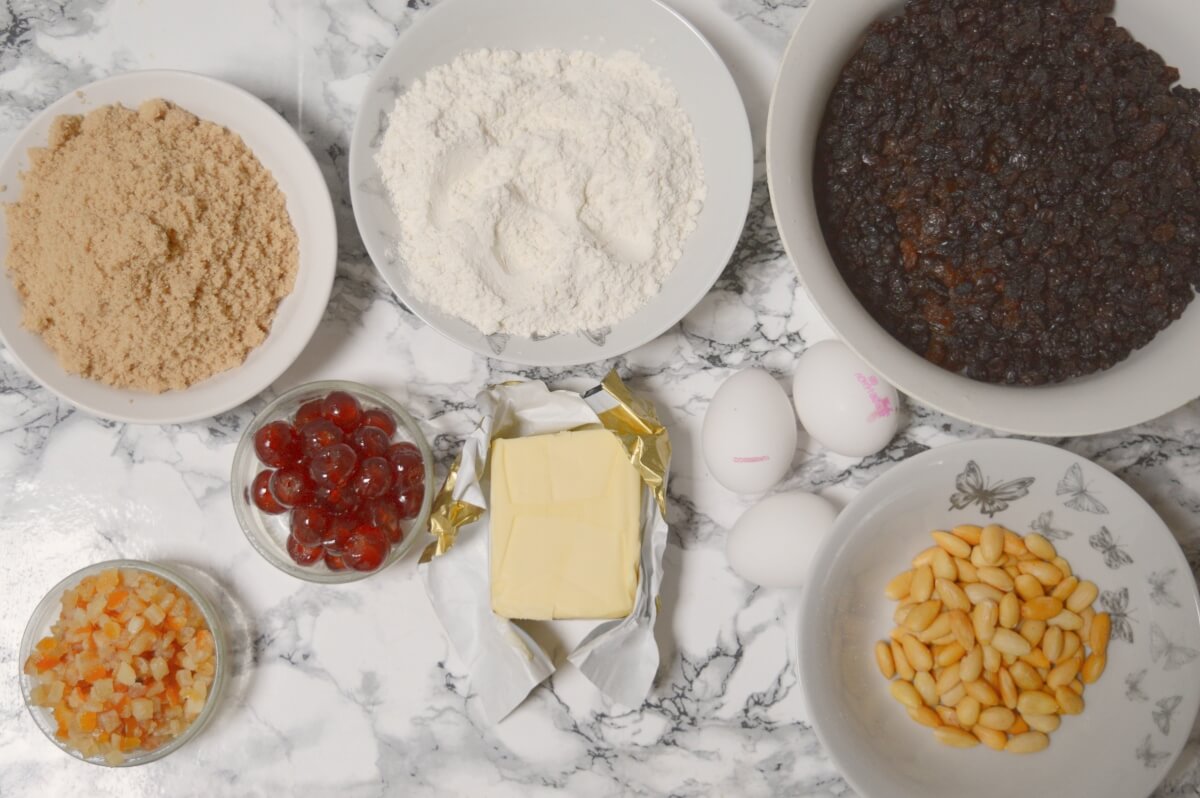
Method
1. Prepare the tin
Grease and fully line an 8-inch round cake tin with baking parchment.
Wrap the outside of the tin in brown paper, newspaper or parchment and tie with string.
This protects the edges during the long slow bake.
2. Prepare the fruit
Wash and dry the cherries and chop into halves or quarters.
Chop the peel and almonds if needed.
Mix all the fruit and nuts together in a large bowl.
If soaking, leave overnight with alcohol or tea.
3. Cream the butter and sugar
Beat the butter and soft brown sugar until pale and creamy.
4. Add the eggs
Add the eggs one at a time, beating well after each addition.
If the mixture starts to curdle, add a spoonful of flour.
5. Fold in the dry ingredients
Sift the flour and salt into the bowl with the fruit and nuts.
Fold the flour into the butter mixture with the fruit until everything is combined.
6. Adjust the consistency
Add a splash of milk only if needed. The mixture should slowly fall from the spoon.
7. Fill the tin
Spoon the mixture into the prepared tin and level the top. I make the middle slightly lower than the sides. This makes it bake with a flat top.
8. Bake low and slow
Bake at 160°C / 325°F (Gas Mark 2) for 2 hours.
Reduce the oven to 150°C / 300°F (Gas Mark 1) and bake for a further 1½–2 hours
9. Cool and store
Cool the cake in the tin.
Turn out, wrap in parchment and foil, and store in an airtight tin.
Traditional Christmas Cake Recipe (With Grams & Ounces)
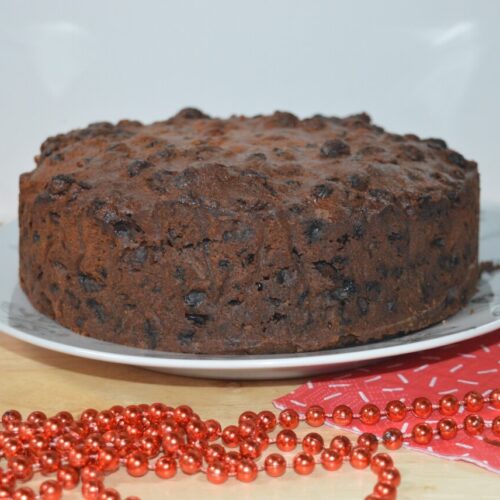
Traditional Stir-It-Up Sunday Christmas Cake
Equipment
- cake tin 8" round cake tin with high sides
- Baking parchment
- Brown paper or newspaper (for wrapping the tin) (for wrapping the tin)
- Large Mixing Bowl
- Wooden spoon
- Electric mixer (optional but helpful)
- Skewer (for testing and feeding the cake)
- Weighing Scales
- Measuring Spoons
- Sharp knife (for chopping cherries, peel and nuts)
- Cooling rack
- Baking tray (optional, to sit the cake tin on while baking)
- Oven thermometer (optional, for accurate low-and-slow baking)
- Pastry brush (optional, for feeding alcohol evenly)
Ingredients
For Fruit Mixture
- 225 g (8 oz) currants
- 225 g (8 oz) sultanas
- 225 g (8 oz) raisins
- 110 g (4 oz) glace cherries
- 110 g (4 oz) mixed peel
- 85 g (4 oz) almonds chopped
- 4-6 tbsp brandy, rum, whisky, strong tea or Lindisfarne Mead
For the Cake Batter
- 225 g (8 oz) butter
- 225 g (8 oz) soft brown sugar
- 3-4 eggs
- 225 g (8 oz) plain flour
- pinch salt
- 2 tbsp milk if needed
Instructions
Prepare the Fruit (Ideally the Night Before)
- Combine currants, sultanas, raisins, peel and cherries in a large bowl.
- Chop the cherries, into halves or quarters, depending which you prefer
- Pour over your chosen alcohol or tea and stir well.
- Cover and leave overnight to plump up.
- Drain any excess liquid the next day.
Make the Cake
- Preheat oven to 160°C / 325°F / Gas Mark 2.
- Stir the soaked fruit together with the chopped almonds.
- Cream the butter and brown sugar until pale and fluffy.
- Beat in the eggs one at a time, adding a spoonful of flour if the mixture starts to curdle.
- Sift in the flour and salt, and mix with the fruit
- Fold the flour and fruit gently inot the cake mixture
- Add milk gradually, if needed. The batter should drop slowly from the spoon. If it is too stiff add the milk until it does this
- Spoon into the prepared tin and smooth the top. I make a little dip in the middle so it doesn't go higher in the middle making the cake uneven.
- Wrap a tall collar of brown paper or parchment around the outside of the tin and tie with string to prevent the cake edges burning.
- Bake for 2 hours.
- Reduce the oven to 150°C / 300°F / Gas Mark 1 and bake for a further 1½–2 hours, until the cake is firm and a skewer comes out clean.
- Cool the cake completely in the tin, put the tin on the wire rack
- Remove the paper and take the cake from the tin.
- Wrap the cake in fresh baking parchment and foil and store in an airtight tin
Feed the Cake
- Once a week, poke a few holes in the top with a skewer.
- Drizzle over 1–2 tbsp brandy, rum, whisky or Lindisfarne Mead.
- Rewrap tightly and return to a cool, dark cupboard.
- Repeat weekly until ready to marzipan and ice.
- Keeps for up to 3 months when wrapped and stored properly.
Notes
How to Feed the Cake
Feed it once a week. No more.
- Poke holes in the cake with a skewer
- Add 1–2 tbsp brandy or rum
- Wrap tightly and store in an airtight tin
Each feeding deepens the flavour and keeps the story moving forward.
I sometimes use Lindisfarne Mead from Holy Island to soak or feed the cake.
It adds a soft honeyed warmth and a whisper of old Northumbrian magic.
Lindisfarne Mead is made on Holy Island, Northumberland, a place rich in legend and monastic history.
How long will it keep?
Up to 3 months if wrapped, fed and stored in a cool place.
What Can Go Wrong (And How to Fix It)
| Problem | Why It Happens | How to Fix It |
|---|---|---|
| Cake cracks | Oven too hot or mixture overmixed | Lower oven temperature and fold gently |
| Cake sinks | Too much liquid or too many cherries | Pat cherries dry, drain soaked fruit and do not add extra milk |
| Dry edges | Tin not wrapped in paper collar | Always tie paper around the tin |
| Cake is dry overall | Under-soaked fruit or overbaking | Soak fruit overnight and check early |
| Mould or fermentation | Fed too often or stored warm | Feed once weekly and store in a cool cupboard |
Why This Cake Matters (Beyond the Magic)
• This traditional Christmas cake keeps for months
• It improves with time
• It is economical Christmas baking
• It anchors the start of your winter
• It carries your family’s story forward
• It makes Christmas feel like Christmas
Key Takeaways
- Stir-It-Up Sunday marks the beginning of the season
- This cake carries stories across generations
- Soaking fruit = flavour
- Stir clockwise and make a wish
- Feed weekly
- Ritual is as important as recipe
If you’d like more Christmas inspiration, my Seasonal Recipe Index is full of winter warmers and North East favourites.
This isn’t just a Christmas cake.
It is winter held in your hands.
A story passed from one kitchen to the next.
A small piece of my family that now becomes part of yours.
This is the heart of the cake, but not its final form.
I’ll be sharing how to marzipan and ice it soon — the part where the cake becomes a story you can slice.
Every family has a story they bake into winter.
If this recipe becomes part of yours, tell me in the comments or tag me when you make it.
I’d love to see how your own magic unfolds.
FAQS
Yes. Use strong tea, apple juice or orange juice. Do not feed with liquid afterwards.
Overnight is best. Minimum 4 hours.
Yes. Freeze an undecorated cake for up to 6 months.
Absolutely. Replace nuts with extra dried fruit. (or more cherries!)
It comes from the 1549 Book of Common Prayer’s “Stir up” collect.
Up to 3 months if properly wrapped, fed and stored.
Yes. Many people bake it in October.

